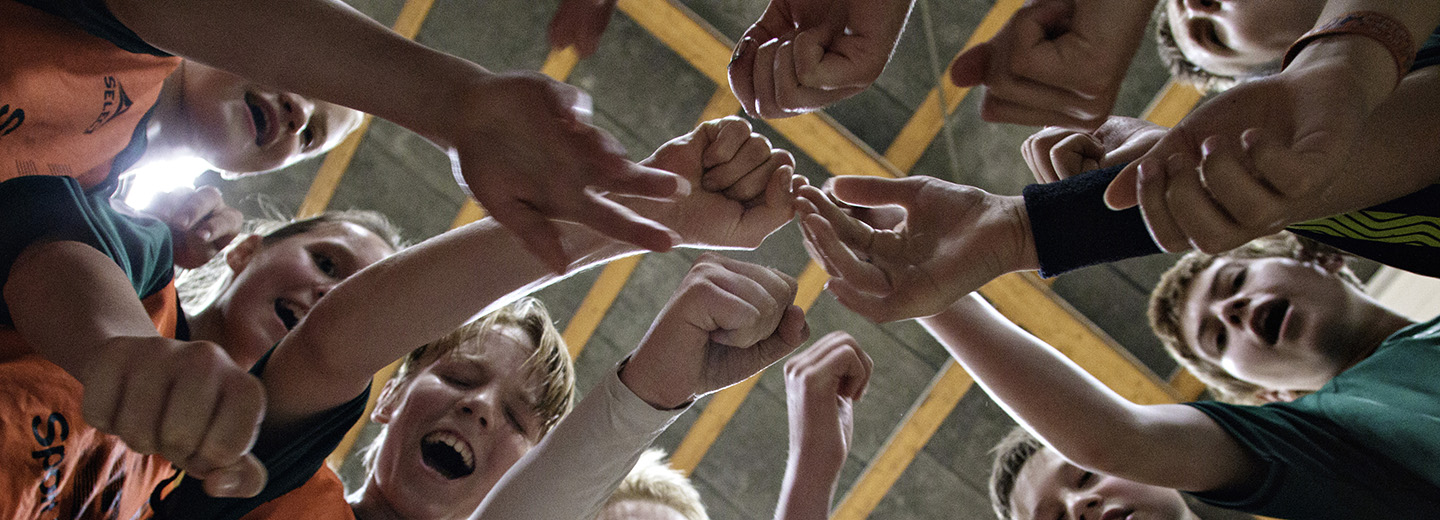
Similarities and differences in sports club policies across ten European countries
The first report in the project ‘Social Inclusion and Volunteering in Sports Clubs in Europe’ (SIVSCE) has now been published. In the report, sports club policies have been collected and analysed across the ten countries that are part of the project. The report offers eight conclusions that summarize the significant similarities and differences identified between the countries.
The eight conclusions are as follows:
- Across most of the ten countries ‘sports for all’ or ‘recreational sports’ is the main priority in sports policy, but there are great differences in how strong the practical support for recreational sport is.
- Sports opportunities provided by volunteers almost has a monopoly position within the ‘sports for all’ policies (especially in terms of public support) in both the universalist welfare states (Norway and Denmark) and the conservative/corporatist welfare states (Germany, Switzerland, the Netherlands and Belgium/Flanders).
- In all countries, sports clubs receive support from the public sector – indirectly and directly, but there are significant differences as to how much and how it is provided.
- In all the countries, sports clubs have the opportunity to get financial support from the public sector, but there are big differences as to how clubs can obtain such financial support. The most common type of economic support is ‘targeted subsidy’.
- In all ten countries, the local level of political administration policies (local authorities, local government, municipalities and the like) is the most important administrative level for sports clubs.
- In all the countries, local sports clubs are typically members of a national sports federation/organisation and/or a regional organisation, which is a member of the national confederation of sports.
- In most of the ten countries, it is a political priority to increase participation in sports for inactive groups and to promote social inclusion and integration of socially disadvantaged groups. But, usually, this is expressed in very broad terms – as a general goal to increase participation of under-represented groups.
- It seems to be a general trend, a discourse, in Europe that governments aim to strengthen volunteering and civil society in general, along with cooperation between the public and the voluntary sector. However, practical support for this varies.
Three theoretical approaches are suggested as potential explanations for the similarities and differences identified. The first theoretical approach, known as ‘social origins theory’ or ‘path dependence theory’, argues that the differences must be explained historically. Thus, the basic assumption of this theoretical approach is that the past influences the present. For example, the present structure of sports clubs and representative organisations in any one country is a historical legacy.
The second theoretical approach seeks to explain the organisational system and policies from the current societal context with a particular focus on the limitations and possibilities that the political system and the public sector in general provide. These societal structures and cultures largely define the ‘space’, or the ‘political opportunity structure’, both practical and ideological, within which different organisational forms must act. The analysis indicates that a significant correlation exists between the welfare state typology and sports club policies.
The third theoretical approach builds on insights regarding the relationship between economic inequality and a set of other variables to propose a holistic understanding of societies and differences between them. Analysis has shown that countries with high levels of income equality tend to have higher levels of sports participation, volunteering and generalised trust. However, we conclude that rather than levels of income equality being the sole, or main, determining variable explaining differences, we have to understand the characteristics of society as interacting, and this interaction provides a holistic description of different societies.
For an elaboration of the eight conclusions and the proposed theoretical explanations, the report is available here .
For a description of the SIVSCE-project, an introduction to the project is available here.
Photo: Jeanne Kornum, DIF